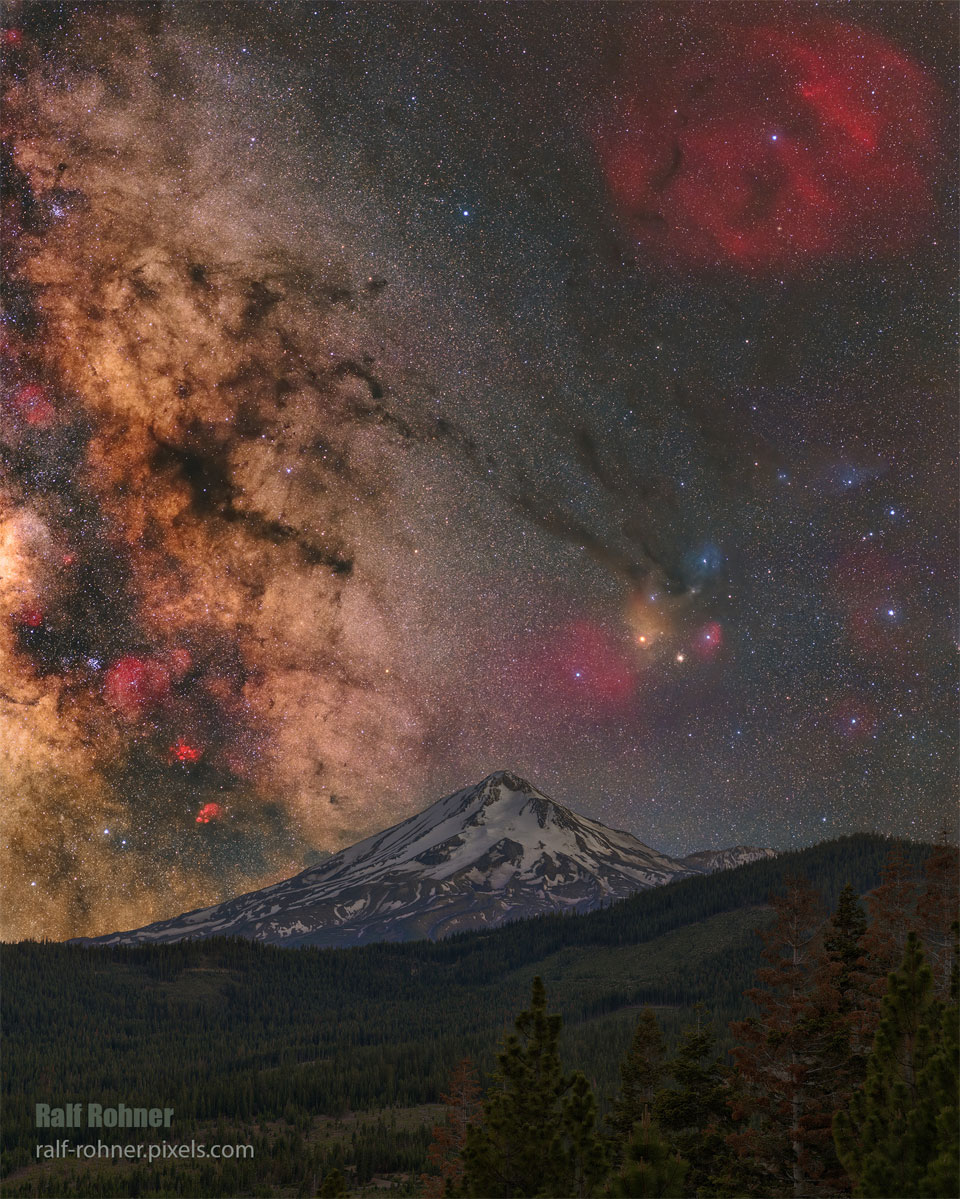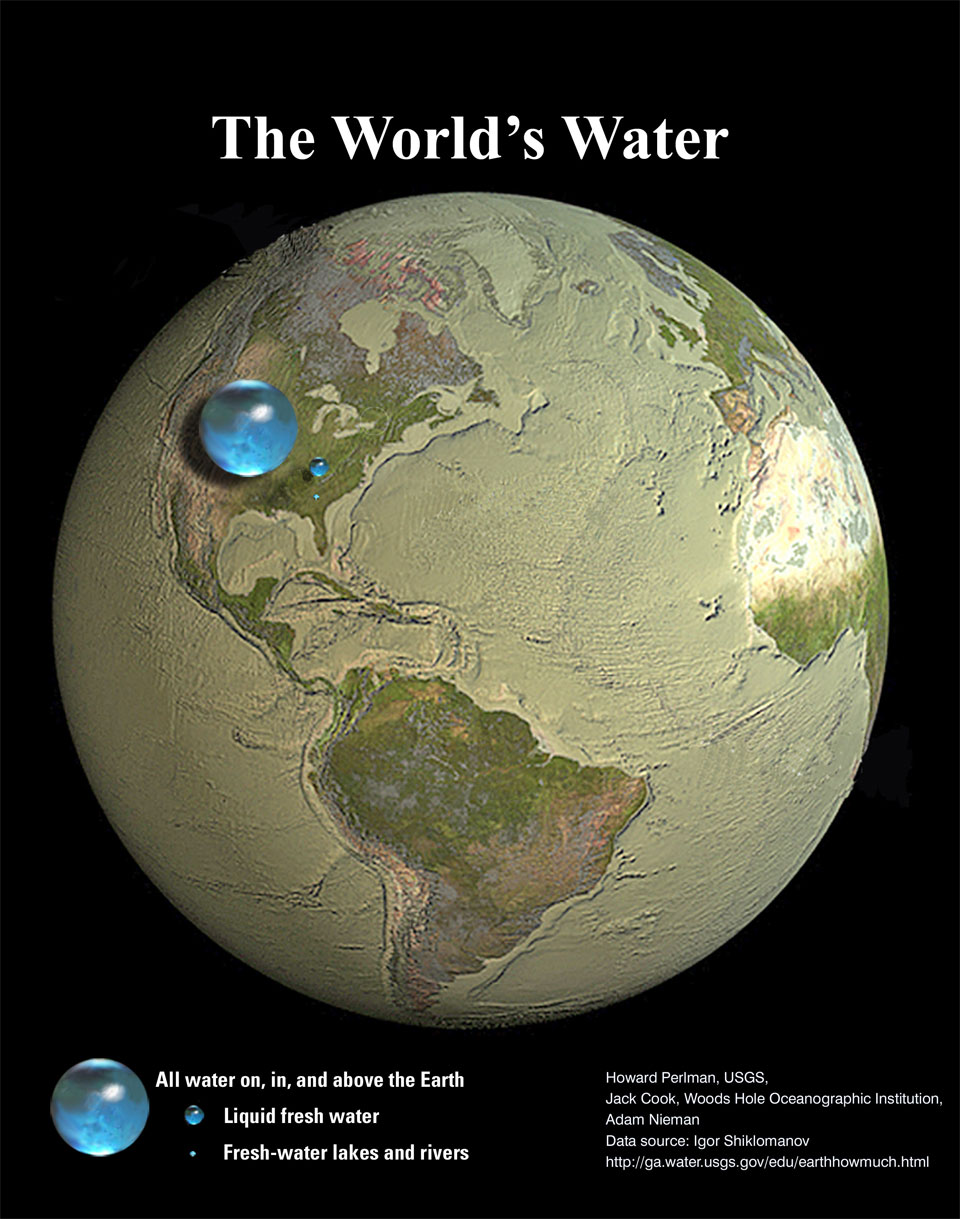
Ellen Ochoa Suits Up


Media accreditation is open for the launch of the next commercial resupply services mission to deliver NASA science investigations, supplies, and equipment to the International Space Station.
from NASA https://ift.tt/hdqW19G
via IFTTT


NASA has selected Engineering Research and Consulting of Huntsville, Alabama, to provide laboratory services in support of multiple customers and projects at the agency’s Kennedy Space Center in Florida.
from NASA https://ift.tt/bNE92Bp
via IFTTT
NASA will host a media teleconference at 2 p.m. EDT Tuesday, Sept. 27, to discuss the agency’s decision to roll the Artemis I Space Launch System rocket and Orion spacecraft back to the Vehicle Assembly Building (VAB) at NASA’s Kennedy Space Center in Florida. Artemis I is a flight test to launch SLS and send Orion beyond the Moon and back to Earth
from NASA https://ift.tt/f6n0rCH
via IFTTT

After 10 months flying in space, NASA’s Double Asteroid Redirection Test (DART) – the world’s first planetary defense technology demonstration – successfully impacted its asteroid target on Monday, the agency’s first attempt to move an asteroid in space.
from NASA https://ift.tt/19PqmDz
via IFTTT

